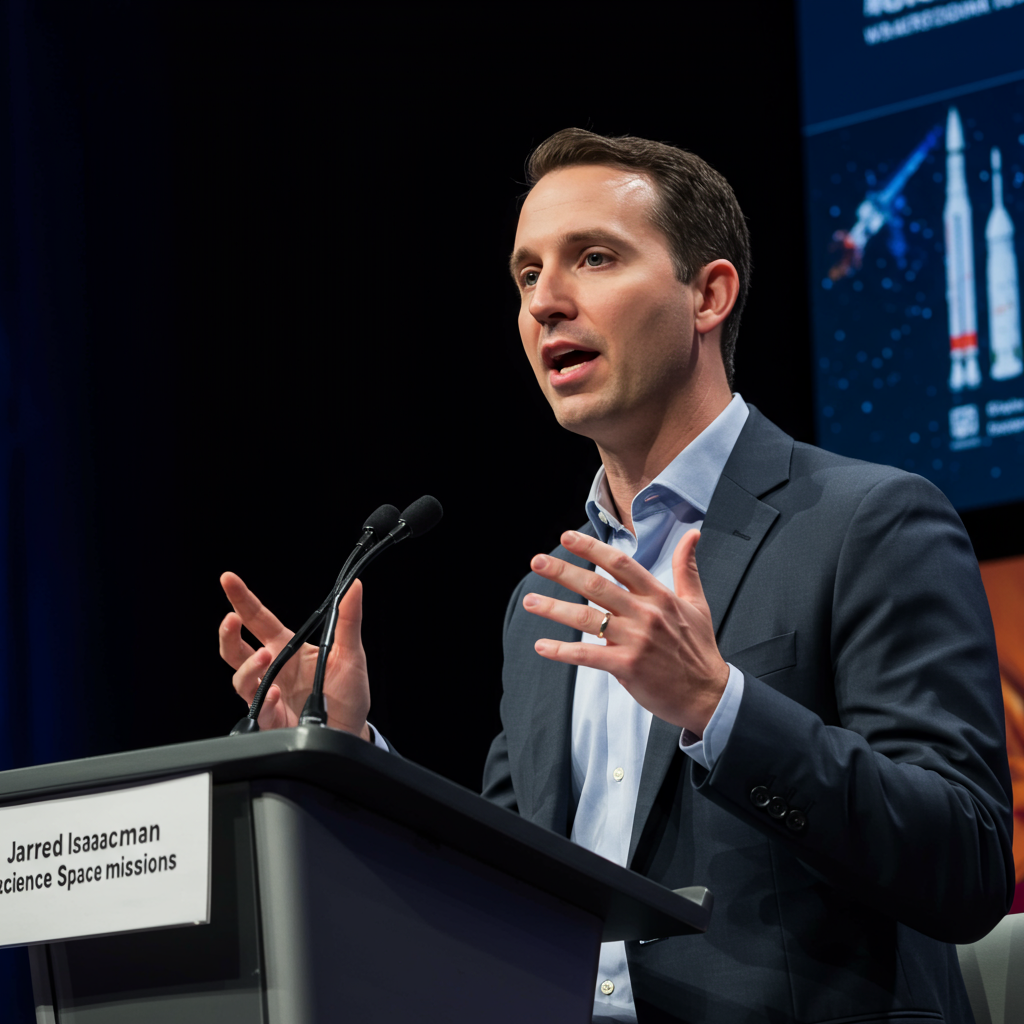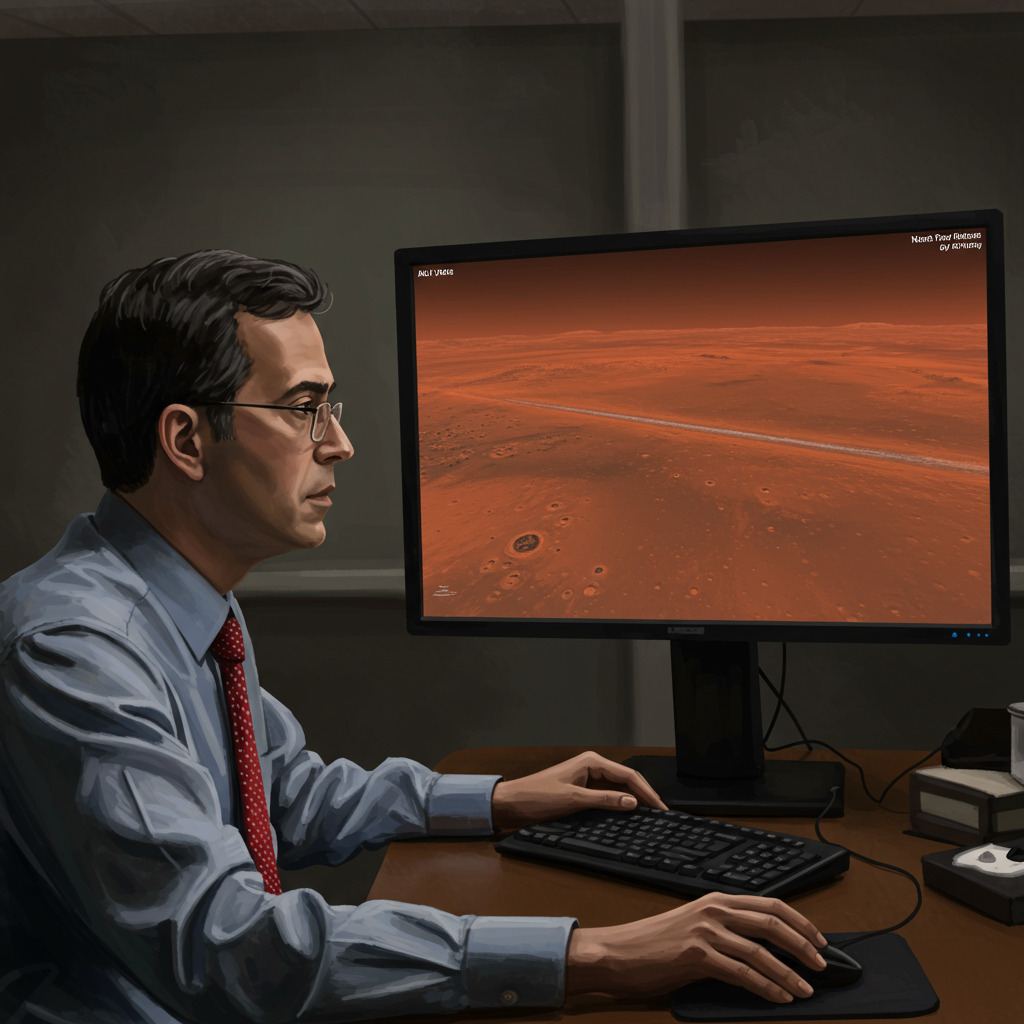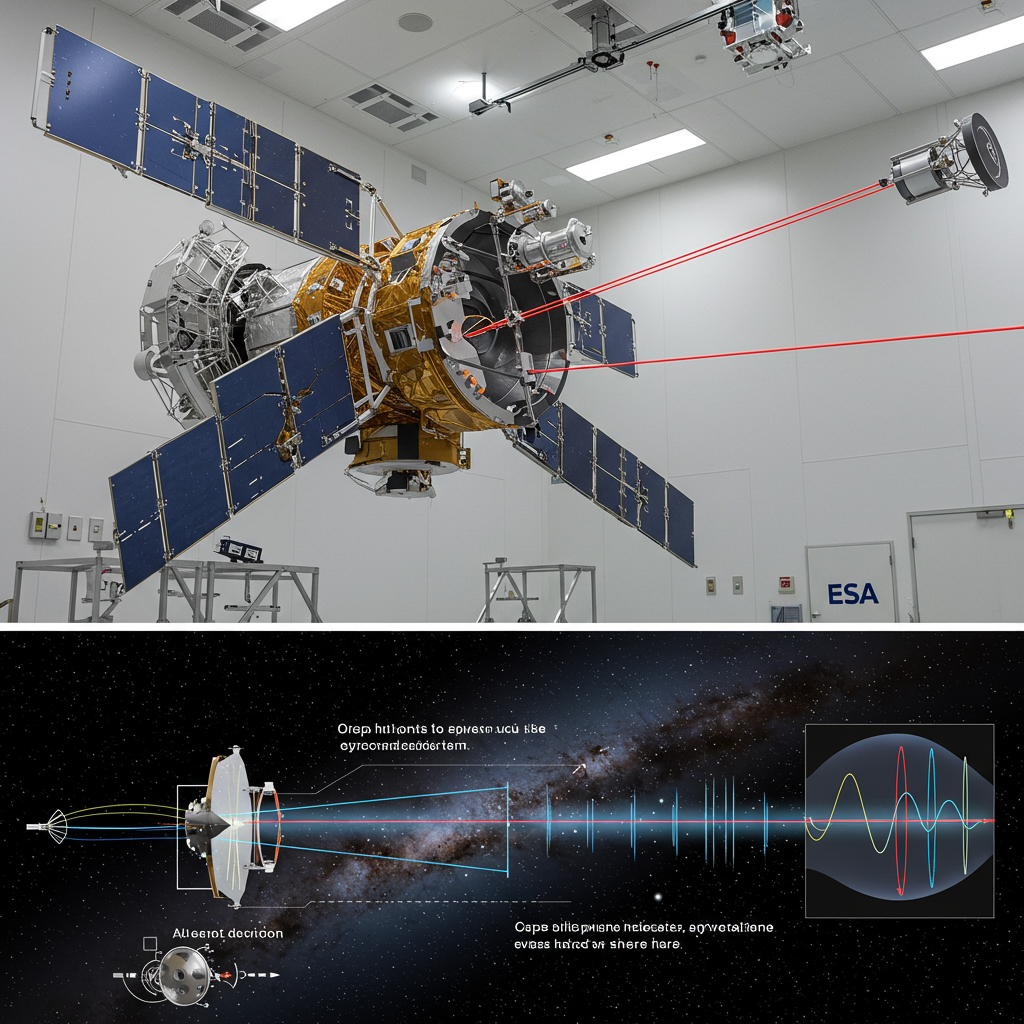Billionaire Entrepreneur Jared Isaacman Explores Funding Science Missions Privately After NASA Nomination
ORLANDO, Fla. – Billionaire entrepreneur and accomplished private astronaut Jared Isaacman is signaling his interest in pursuing key space goals he once envisioned for NASA, now from outside the government agency. Speaking publicly for the first time since his nomination for NASA Administrator was withdrawn, Isaacman revealed a particular focus on enabling scientific missions through private funding and academic partnerships.
Isaacman, founder of Shift4 Payments and commander of the groundbreaking Inspiration4 and Polaris Dawn missions, received the National Space Society’s Wernher von Braun Award on June 21st, accepting it on behalf of Polaris Dawn, his self-funded private astronaut mission set for September 2024. The award ceremony at the International Space Development Conference provided a platform for Isaacman to discuss his passion for space and potential future endeavors, just three weeks after the White House withdrew his nomination to lead NASA.
While he touched briefly on the withdrawn nomination, Isaacman focused his speech and a subsequent fireside chat largely on his extensive spaceflight experience and vision. He had previously discussed his aspirations for NASA in a podcast, highlighting a desire to prioritize “needle-mover” programs, reduce bureaucracy, and reignite the agency’s focus on achieving the “near-impossible.”
A Vision for NASA and Beyond
Had he been confirmed as administrator, Isaacman’s priorities included accelerating human exploration by returning astronauts to the Moon and establishing a clear path toward Mars. He also strongly advocated for significant investment in nuclear electric propulsion (NEP), viewing it as a critical technology for deep space travel. Isaacman had even expressed interest in potentially redirecting focus and resources from the Space Launch System (SLS) toward NEP development at centers like Marshall Space Flight Center, viewing SLS as “outrageously expensive” and a system that he believed could inadvertently hinder science missions by consuming vast resources.
Another significant goal on his list for NASA was fostering robust partnerships with academic institutions. Under his leadership, he envisioned NASA enabling universities and research organizations to take on a larger role in funding and conducting scientific missions.
It is this concept of leveraging academic engagement and alternative funding models that Isaacman is now considering pursuing outside the agency. He explicitly stated his interest in potentially funding an “interesting robotic mission” in partnership with top academic institutions to demonstrate the feasibility and value of such a privately-enabled approach.
Context of Budget Cuts and Broader Space Landscape
Isaacman’s comments came shortly after the release of NASA’s detailed fiscal year 2026 budget proposal. This proposal suggested significant cuts, nearly a 25% reduction in overall spending, with steeper impacts on science and space technology initiatives. Notably, it proposed eliminating funding for nuclear propulsion efforts, deeming them costly and long-term investments not currently identified as the primary mode for deep space missions.
While acknowledging that people are “rightfully” upset about these proposed cuts, Isaacman maintained an optimistic outlook on the broader state of human spaceflight. He described the current era as the “best time” since the 1960s, citing not only the substantial, ongoing commitment from the U.S. government (which he argued would likely remain above $20 billion annually despite the proposed $18.8 billion for 2026) but also the significant resources dedicated by wealthy individuals like SpaceX founder Elon Musk and Blue Origin founder Jeff Bezos to enable future space capabilities.
Isaacman’s Unconventional Path and Vision
Isaacman’s background as a successful entrepreneur who built Shift4 from scratch at age 16 and his direct experience commanding private space missions like Inspiration4 (the first all-civilian orbital flight) and Polaris Dawn (reaching the farthest orbit since Apollo and featuring the first private spacewalk) make him an unconventional figure in the space landscape. His vision aligns with a techno-optimist philosophy, viewing space exploration as a driver for economic growth, technological breakthroughs, and improving life on Earth, ultimately paving the way for humanity to become a multi-planetary, “spacefaring civilization.”
Beyond grand goals like Moon and Mars landings, Isaacman has also shown a commitment to space science itself, having publicly defended missions like Hubble, Chandra, and New Horizons from potential budget cuts and even offering to use his private resources to boost the Hubble Space Telescope’s orbit. His close financial relationship with SpaceX, a major NASA contractor, and his critical views on certain legacy programs like SLS were points of discussion during his nomination process, for which he indicated he was taking steps to address potential conflicts of interest.
Polaris Dawn is intended as the first of three missions in the Polaris Program, Isaacman’s ambitious series of private spaceflights that he had temporarily set aside after his NASA administrator nomination. While currently taking a break after the intense period, Isaacman left the door open for future personal spaceflights, stating he doesn’t believe he has flown his last mission.
Ultimately, from his vantage point outside of government, Jared Isaacman appears poised to potentially leverage his entrepreneurial success and personal fortune to champion and fund specific scientific exploration goals, echoing some of the transformative ideas he had hoped to implement had he led NASA.




